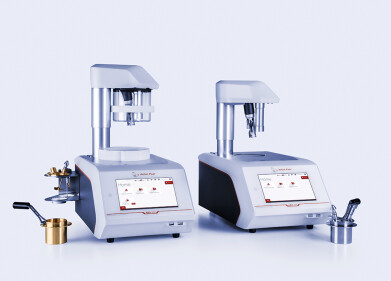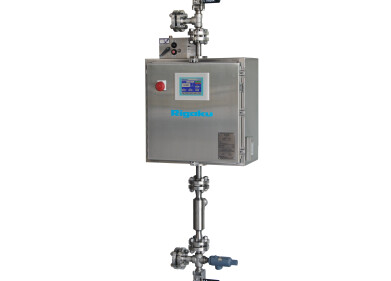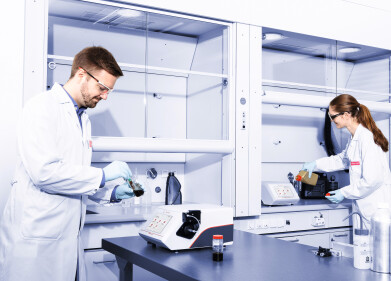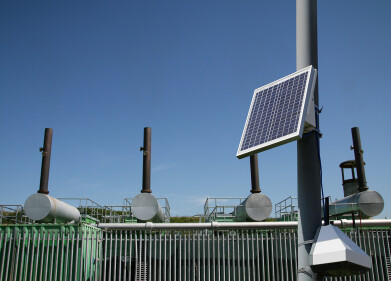Measurement and Testing
How Do You Test for Oil Quality?
Jan 29 2022
Quality testing plays a key role in determine the price of oil grades and products. Tests are also carried out to monitor the quality of circulating oils and lubricants in equipment, machines and moving parts. Depending on the application, different tests are used to determine oil quality.
Below, we take a closer look at the methods used to test for oil quality and the parameters of concern.
Oil characteristics
The market value of crude is largely determined by quality characteristics, including density and sulphur content. Standardised tests are the best way to calculate density and sulphur, with industry bodies such as ASTM, ISO, IP and GPA all publishing standardised methods.
-
Density
Density, a physical property that measures the mass to volume ratio, is an important parameter used to test for oil quality. When sold on the open market, density determines if a crude oil is categorised as light, medium or heavy.
American Petroleum Institute (API) gravity is a widely used scale for measuring density and measures how light or heavy an oil is compared to water. API gravity of 10 of higher indicates a low density oil while API gravity of 10 or lower is considered high density. Density meters are the preferred method to measure API gravity, with top-of-the-range instruments featuring built-in software and digitalised technology.
-
Sulphur content
Sulphur content determines if an oil is classed as sweet or sour - one of the most important indicators of quality. Wavelength Dispersive X-ray Fluorescence (WDXRF) spectroscopy is one of the most common analytical techniques used to determine sulphur content. Energy Dispersive X-ray Fluorescence (EDXRF) is also widely used.
Detecting contaminants
Detecting and quantifying contaminants is another crucial stage of testing for oil quality. Tests are carried out on new oils to establish price and maintain quality assurance, as well as on oils already in circulation to maintain efficiency.
Abrasives are a key concern as they can cause severe, long-term damage to equipment and infrastructure. Dust and dirt are common contaminants that can infiltrate lubricating systems and compromise mechanical performance. Equipment wear caused by friction can also produce metallic debris.
Metals testing is one of the easiest ways to detect abrasive contamination, with assays searching for high iron levels and low traces of alloys such as nickel, chrome and manganese. High levels of silicon and aluminium can also indicate serious contamination.
Particle counting is another useful method for monitoring quality in circulating oils. It allows analysts to detect contamination, though further tests are usually needed to determine the type of contaminant and root cause.
Analysts rely on sophisticated instruments and technologies to determine oil quality. Find out more about the latest advances in ‘Design and Development of an Innovative Instrument to Measure Consistency and Useful Life in Greases.’
Digital Edition
PIN 25.5 Oct/Nov 2024
November 2024
Analytical Instrumentation - Picturing Viscosity – How Can a Viscometer or a Rheometer Benefit You? - Sustainable Grease Formulations: Evaluating Key Performance Parameters and Testing Method...
View all digital editions
Events
Nov 26 2024 Paris, France
Nov 26 2024 Amsterdam, Netherlands
Nov 27 2024 Istanbul, Turkey
Biogas Convention & Trade Fair 2024
Nov 27 2024 Hanover, Germany
Dec 03 2024 Dusseldorf, Germany
.jpg)


















